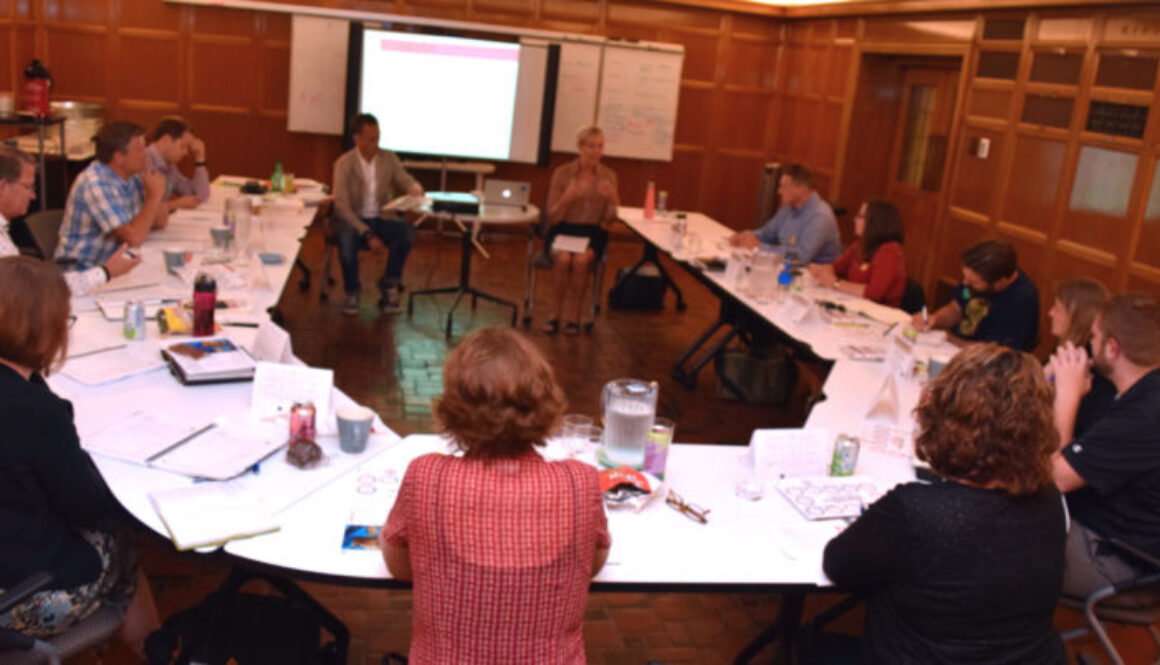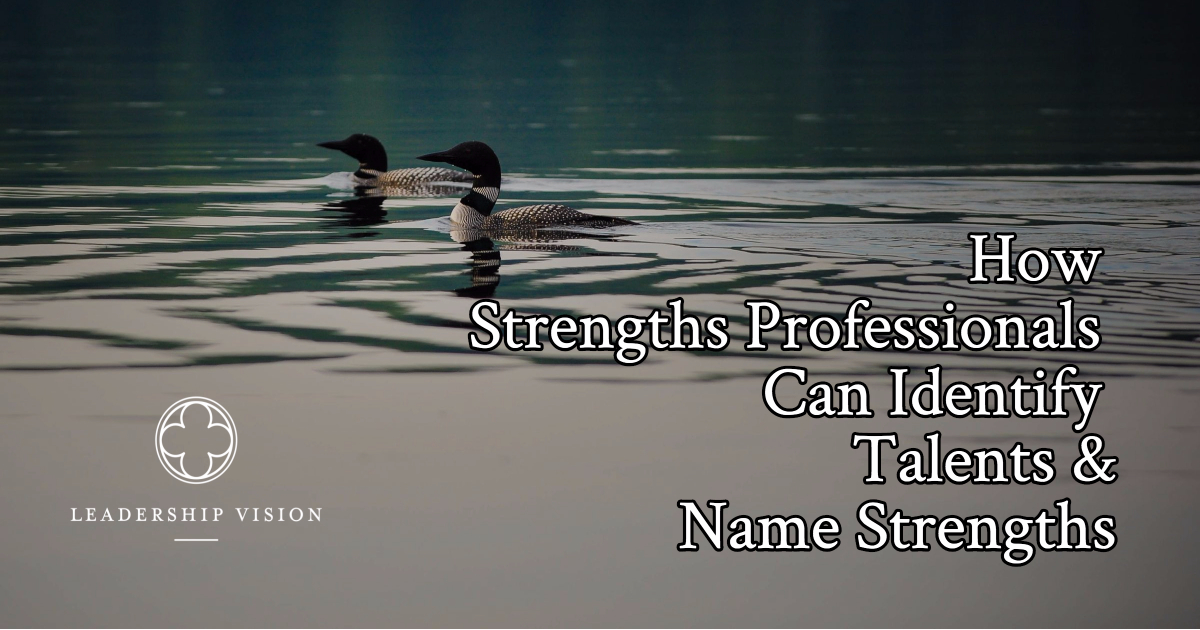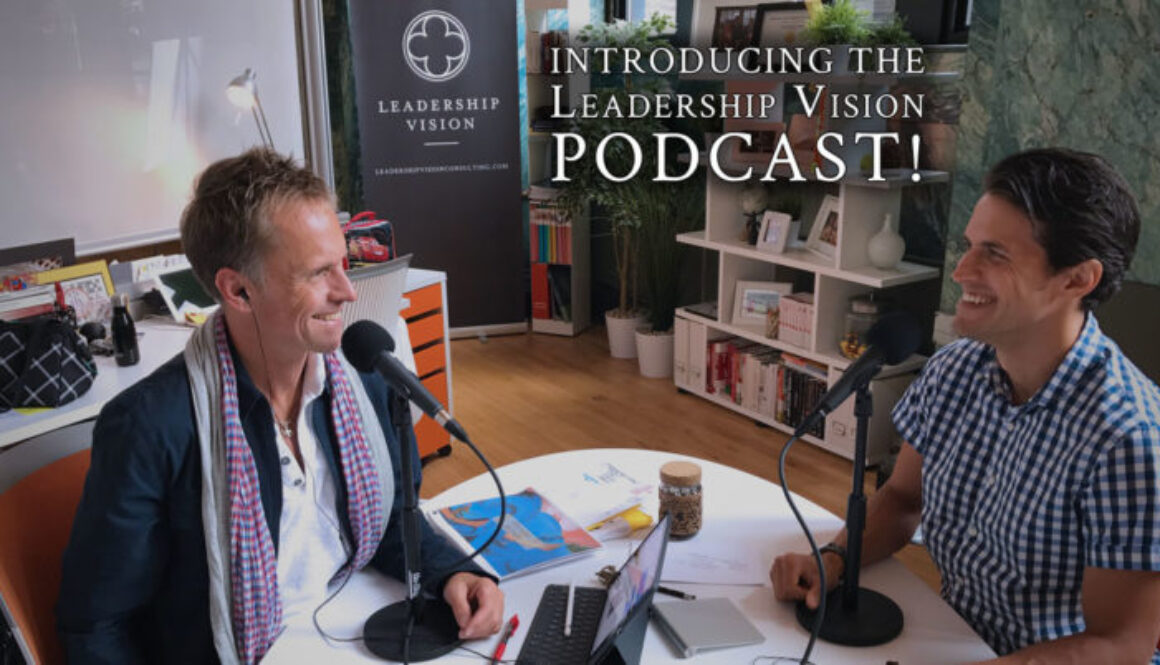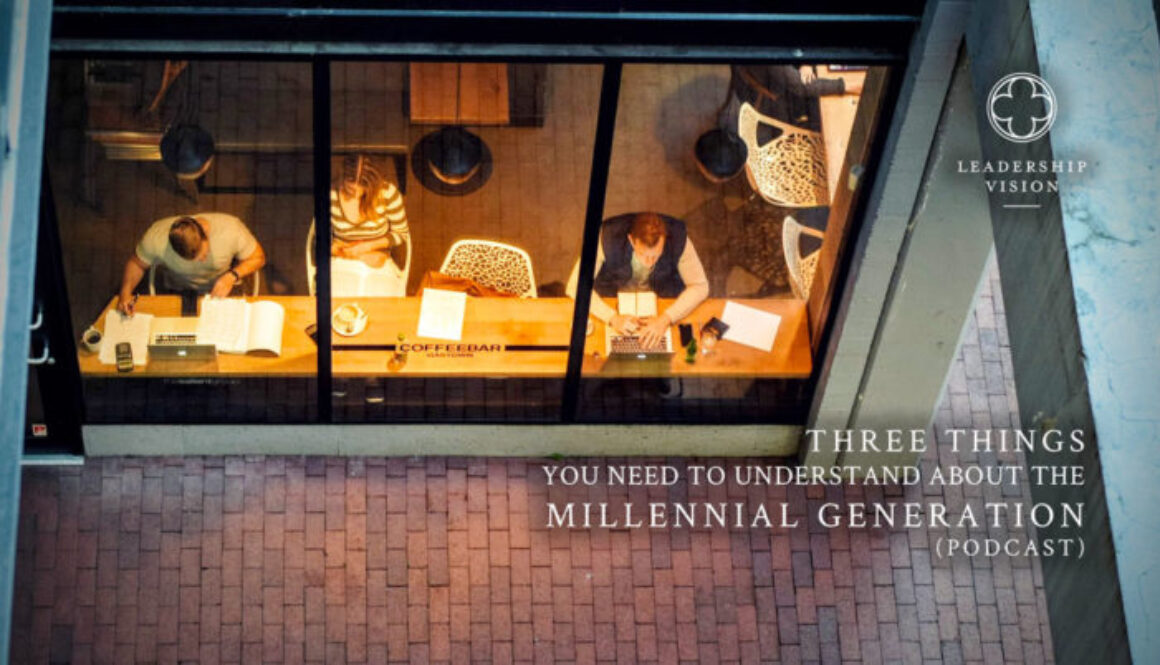
Three Things You Need to Understand About the Millennial Generation (Podcast)
Sometimes the millennial generation gets a bad wrap.
A quick google search for “millennial generation” returns immediate results stereotyping this group as, “lazy, selfish, self-centered, entitled, arrogant, obsessed with social media,” and on and on. We may all know a Millennial or two who deserves those descriptors but results further down the page cast this generation in an entirely different light. This generation is also described as “passionate, risk-takers, mission-minded, seeking work-life-integration, and being globally motivated.”
These young adults, the oldest of which are in the early thirties, have grown up entirely in the digital age, so their lives, have been well documented online and are easier for us to dissect and criticize. Regardless of what you think about millennials, the fact of that matter is that shortly, they will dominate the American workforce and all of us would benefit greatly from understanding what motivates them.
In 2015, the U.S. Census Bureau released some statistics indicating that Millennials (defined as those aged 18 – 34, again, this was in 2015), represented 75.4 million Americans, surpassing baby boomers to become the largest generation in the United States.
That’s significant, and the reality is that employers aren’t going to be able to motivate, inspire, or engage this generation the same way they have for generations past. So how do we do things differently? How do we leverage what we know about Strengths to get the best out of these Millennials?
Listen Now
On this episode of the Leadership Vision Podcast, Steph Wahlund, our Client Relations and Operations Coordinator, and I are talking about the three things you need to know regarding the Millennial generation, and how StrengthsFinder is one tool you can use to empower and connect to this massively exploding workforce. I’ve known Steph for several years, and I wanted her to share some insights into her generation. We’ll expand on these in more detail, but the three things you need to know about the Millennial generation are: they want to feel known, they want to do something that matters, and they want their leaders to invest in them personally and professionally.
Listen Below!
Why We Care About Millennials
At the end of 2014, during our annual end of year summit, Leadership Vision did some business planning. We looked at the things we wanted to focus on for the next few years, and among them, was an intentional effort to develop the next generation of leaders.
Since then, we have hired two millennials, Steph and Logan, as well as created an apprentice program. Steph and Logan, in their Millennial expertise, have found a natural audience with college seniors and recent college grads. Part of their role involves, helping fellow millennials “define the most important values they will carry with them into their fledgling corporate experiences, as well as live generatively in their Strengths in these new careers.”
Millennials, by some estimates, account for almost 40% of the workforce in the United States. Their characteristics and values, good or bad, will continue shaping the workplace as their influence grows when older generations retire and move on. How you prepare to embrace their role in your organization will define your corporate culture for years.
How you choose to help them feel known, to empower them to do work that has a lasting impact, and to invest in their development, will not only create a more engaged workforce but ultimately, help build a better company and a better world.
About The Leadership Vision Podcast
The Leadership Vision Podcast is a weekly show sharing our expertise in the discovery, practice, and implementation of StrengthsFinder. Leadership Vision uses StrengthsFinder to work with People, Teams, and Culture. We believe that knowing your Top 5 Strengths is only the beginning. In fact, our highest potential exists in the ongoing exploration of our talents.

